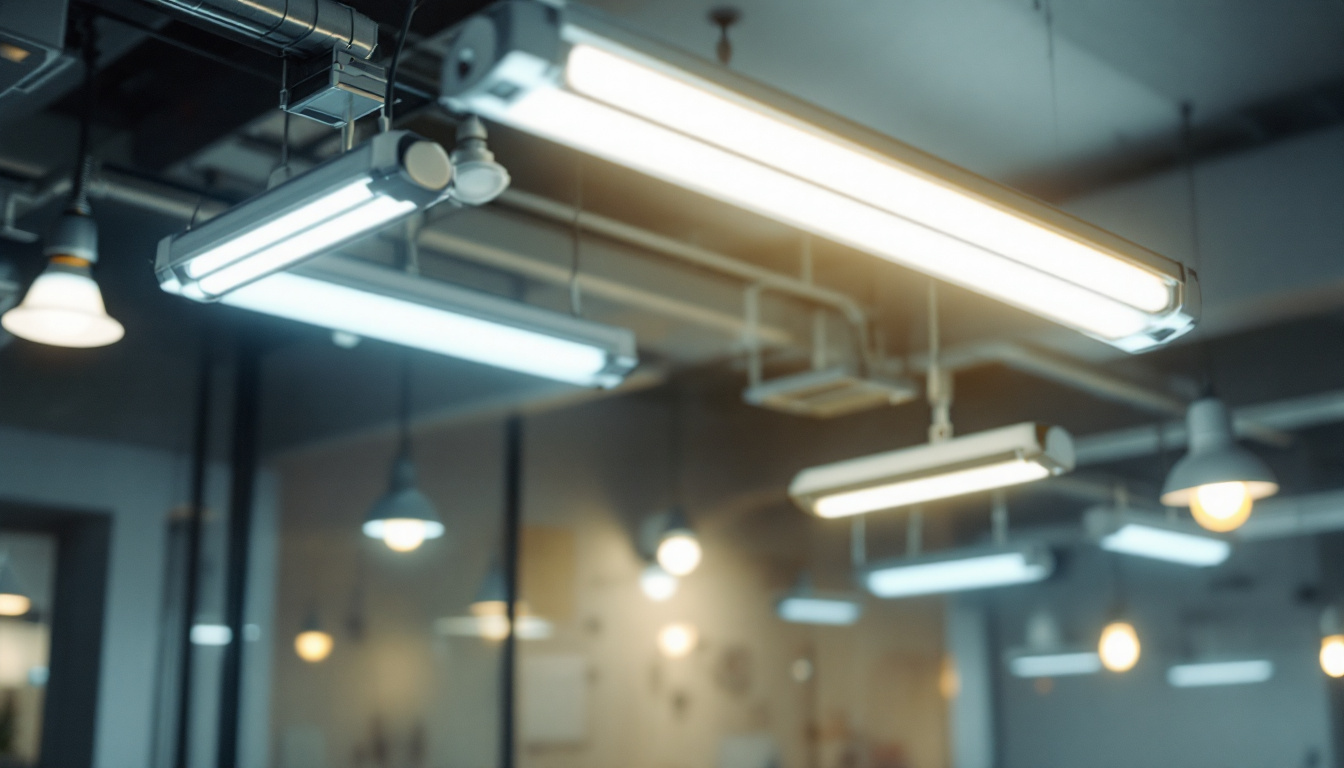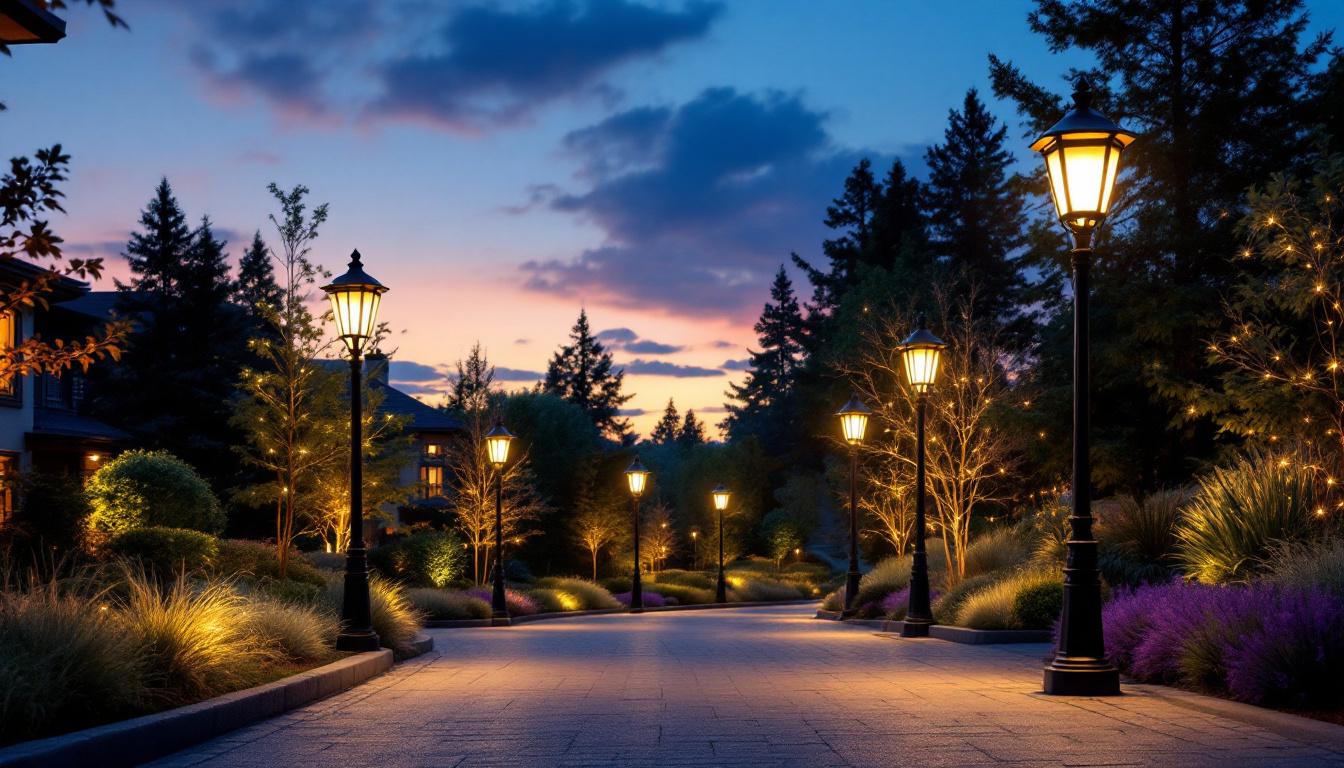
Fluorescent tubes have long been a staple in commercial and industrial lighting applications. Their efficiency and versatility make them a popular choice for lighting contractors. However, understanding the various dimensions and specifications of fluorescent tubes is essential for making informed decisions. This article delves into the pros and cons of different fluorescent tube dimensions, helping lighting contractors navigate their options effectively.
Fluorescent tubes come in various lengths and diameters, which can significantly impact their performance and suitability for specific applications. The most common dimensions are measured in inches, and they typically range from 2 feet to 8 feet in length, with diameters of 1 inch or 1.5 inches. Knowing these dimensions is crucial for lighting contractors when selecting the right tube for a project.
The most widely used fluorescent tubes are the T8 and T12 models. The “T” stands for tubular, and the number indicates the diameter in eighths of an inch. For instance, a T8 tube has a diameter of 1 inch, while a T12 tube measures 1.5 inches. Understanding these standard sizes helps contractors choose compatible fixtures and ballasts.
Additionally, there are T5 fluorescent tubes, which are smaller in diameter (0.625 inches) and often used in applications where space is limited. These tubes are increasingly popular for their energy efficiency and compact design, making them a suitable option for various settings. T5 tubes also offer a higher lumen output per watt compared to their larger counterparts, which can lead to reduced energy costs and lower environmental impact, making them an attractive choice for eco-conscious consumers.
Fluorescent tubes are available in various lengths, typically ranging from 2 feet to 8 feet. Each length serves different applications, from under-cabinet lighting in kitchens to large-scale warehouse illumination. Contractors must consider the specific lighting needs of a project when selecting the appropriate tube length.
For instance, shorter tubes are often used in residential settings for accent lighting, while longer tubes are preferred in commercial spaces where broader illumination is required. Understanding these length variations allows contractors to provide tailored lighting solutions that meet client expectations. Furthermore, the choice of length can also influence the distribution of light; longer tubes tend to provide a more uniform light spread, which is essential in environments like retail stores where product visibility is key. In contrast, shorter tubes can create focused lighting effects, ideal for highlighting specific areas or features in a room.
Choosing the right fluorescent tube dimensions can yield numerous benefits for lighting contractors. From energy efficiency to versatility, understanding the advantages can help contractors make informed decisions that enhance their projects.
One of the primary advantages of fluorescent tubes is their energy efficiency. T8 and T5 tubes, in particular, consume less energy than traditional incandescent bulbs, leading to significant cost savings on electricity bills. This efficiency is especially beneficial for commercial clients looking to reduce operational costs.
Moreover, many fluorescent tubes are available with high-efficiency options that further enhance energy savings. These tubes can produce more lumens per watt, making them an excellent choice for contractors aiming to promote sustainability in their projects. With the increasing emphasis on green building practices, utilizing energy-efficient lighting solutions not only helps in cutting costs but also aligns with environmental goals, making projects more appealing to eco-conscious clients.
Fluorescent tubes boast a longer lifespan compared to incandescent bulbs, often lasting up to 15,000 hours or more. This longevity reduces the frequency of replacements, which is particularly advantageous for contractors managing large-scale installations.
The extended lifespan also contributes to lower maintenance costs, as clients will not need to replace bulbs as often. This aspect can be a selling point for contractors when discussing the benefits of fluorescent lighting with potential clients. Additionally, the reduced waste generated from fewer bulb replacements can enhance a project’s sustainability profile, further appealing to clients who prioritize environmental responsibility in their operations.
Fluorescent tubes are incredibly versatile, making them suitable for a wide range of applications. From retail spaces to industrial warehouses, these tubes can be adapted to meet various lighting needs. Their availability in different lengths and diameters allows contractors to customize solutions based on specific project requirements.
Additionally, fluorescent tubes can be used in various fixtures, including troffers, surface-mounted fixtures, and pendant lights. This adaptability enables contractors to design lighting systems that enhance aesthetics while providing functional illumination. Furthermore, the ability to mix and match different tube sizes and color temperatures allows for creative lighting designs that can transform a space, making it more inviting and visually appealing. This flexibility not only meets the practical lighting needs of a project but also allows contractors to showcase their design expertise, setting them apart in a competitive market.
While fluorescent tubes offer numerous advantages, there are also drawbacks associated with their dimensions and overall performance. Understanding these cons is essential for lighting contractors to make balanced decisions when selecting lighting solutions.
One of the primary disadvantages of fluorescent tubes is their limited color rendering capabilities. While many fluorescent tubes provide adequate illumination, they often struggle to accurately reproduce colors compared to LED or incandescent lighting. This limitation can be a concern in settings where color accuracy is crucial, such as art galleries or retail environments.
Contractors should be aware of this limitation and consider alternative lighting options if color rendering is a priority for the project. Providing clients with a comprehensive understanding of the pros and cons can help manage expectations and guide them toward the best lighting solution. Additionally, it may be beneficial for contractors to explore the use of high-CRI (Color Rendering Index) fluorescent tubes, which can offer improved color accuracy, albeit at a higher cost. Educating clients about these options can help them make informed decisions that align with their specific lighting needs.
Flickering and humming are common issues associated with fluorescent tubes, particularly when paired with older ballasts. This can lead to discomfort for occupants and may necessitate additional measures to mitigate these effects. Contractors should be prepared to address these concerns, either by recommending high-quality electronic ballasts or suggesting alternative lighting solutions.
In some cases, the flickering can be attributed to the tube’s age or compatibility issues with the ballast. Contractors must ensure that the selected tubes and ballasts are compatible to minimize these problems and provide a smooth lighting experience for clients. Moreover, it is important to note that the flickering can also be exacerbated by fluctuations in the electrical supply, so contractors might consider advising clients on the benefits of installing voltage stabilizers or surge protectors to maintain consistent lighting performance. This proactive approach not only enhances the quality of the lighting but also extends the lifespan of the fluorescent tubes.
Fluorescent tubes contain small amounts of mercury, which raises environmental concerns regarding disposal and potential hazards. Contractors must educate clients on proper disposal methods and the importance of recycling fluorescent tubes to minimize environmental impact.
While many areas offer recycling programs for fluorescent tubes, contractors should be proactive in discussing these options with clients to ensure compliance with local regulations and promote environmentally responsible practices. Furthermore, it may be advantageous for contractors to stay informed about advancements in lighting technology, such as the development of mercury-free fluorescent alternatives or LED options that provide similar benefits without the environmental drawbacks. By presenting clients with a range of eco-friendly lighting solutions, contractors can not only address environmental concerns but also position themselves as knowledgeable and responsible professionals in the industry.
When selecting fluorescent tube dimensions for specific projects, lighting contractors should consider several factors to ensure optimal performance and client satisfaction. By evaluating the unique needs of each project, contractors can make informed decisions that align with their clients’ goals.
Understanding the space where the fluorescent tubes will be installed is crucial. Factors such as ceiling height, room dimensions, and existing fixtures can influence the choice of tube length and diameter. For instance, in spaces with high ceilings, longer tubes may be necessary to provide adequate illumination.
Additionally, the layout of the space should be considered. Open areas may benefit from longer tubes that provide broader coverage, while smaller rooms may require shorter tubes for more focused lighting. Assessing the space allows contractors to tailor their lighting solutions effectively.
Engaging with clients to understand their preferences and needs is essential for successful project outcomes. Some clients may prioritize energy efficiency, while others may focus on aesthetics or color rendering. By discussing these preferences, contractors can recommend fluorescent tube dimensions that align with client expectations.
Furthermore, understanding the intended use of the space can guide decisions. For example, a retail environment may require brighter, more vibrant lighting, while an office space may benefit from softer, more diffused illumination. Tailoring solutions based on client needs fosters satisfaction and builds trust in the contractor-client relationship.
Budget constraints are a common factor in lighting projects. Contractors must balance the desire for high-quality fluorescent tubes with the client’s budgetary limitations. While investing in energy-efficient options may yield long-term savings, initial costs may be a concern for some clients.
Contractors should present a range of options that fit within the client’s budget while still meeting their lighting needs. Providing a clear breakdown of costs and potential savings can help clients make informed decisions that align with their financial constraints.
Fluorescent tubes remain a popular choice for lighting contractors due to their energy efficiency, long lifespan, and versatility. However, understanding the various dimensions and their associated pros and cons is essential for making informed decisions. By assessing the specific needs of each project, considering client preferences, and being mindful of budget constraints, contractors can successfully navigate the world of fluorescent tube dimensions.
Ultimately, the right choice of fluorescent tube dimensions can enhance the quality of lighting, contribute to energy savings, and ensure client satisfaction. By staying informed and adaptable, lighting contractors can continue to provide effective lighting solutions that meet the demands of an ever-evolving industry.
Ready to take your lighting projects to the next level? Choose LumenWholesale for an unbeatable combination of quality, affordability, and convenience. Our extensive selection of spec-grade fluorescent tubes and other lighting products ensures you have access to the best solutions for any application. Say goodbye to inflated markups and enjoy the benefits of wholesale pricing, free shipping, and top-notch customer service. Elevate your lighting game and deliver outstanding results to your clients by taking advantage of our hassle-free bulk buying options. Discover the perfect blend of performance and value at Wholesale Lighting at the Best Value. Your satisfaction and your clients’ delight are just a click away!

Discover how lighting contractors are transforming projects with Electric Soket.

Discover how fluorescent lamps can transform your lighting solutions with energy efficiency and enhanced illumination.

Illuminate your driveway with style and sustainability! Discover the benefits of energy-efficient driveway light poles, including design tips, installation advice, and how they can enhance safety while reducing your carbon footprint..

Discover how Best Buy’s green screen technology can revolutionize lighting projects for contractors.